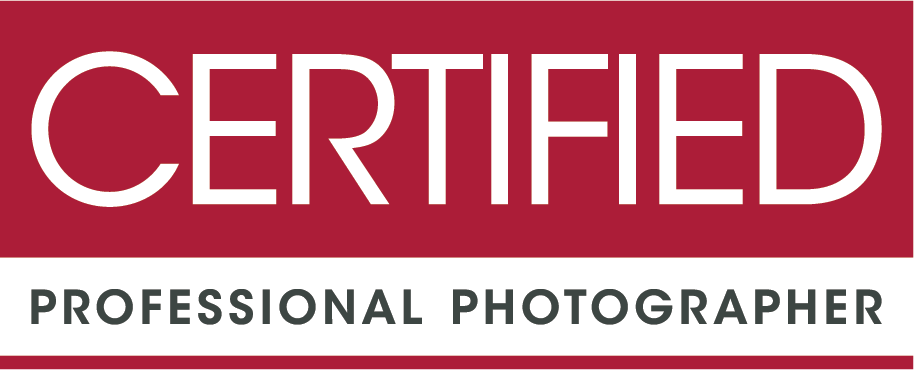HDR stands for High Dynamic Range. It is the process of combining several photos into one to make for a stronger, or more artistic, image. It isn't something I do a lot of because it is very easy to overdo it and your images begin to look unreal. Sometimes, though, it can be a very useful tool in poor lighting situations. Read on to learn more.
According to my camera's meter, this image is exposed correctly. It was reading off the truck which looks okay. Not great, but I could add some contrast and other adjustments to make it better. Notice that the clouds are pretty washed out. I really wanted to include them in the photo, which is why I shot it at the angle I did. Improving the truck part, though, would overexpose the sky even more and I would lose most of the detail in the clouds.
Therefore, I decided to create an HDR image where I would combine three exposures into one single image. After doing some experimenting, I decided that a single f-stop on either side would get me the effect I wanted. So, I shot one with the correct exposure, one under-exposed, and one over-exposed. Now, I was ready to combine the images in Photoshop.
After I downloaded my camera, I viewed them in Lightroom so I could see them larger and double check that they would work for me. I made a note of the three images I was going to use and moved them into a separate folder so they would be easier to find. At this point I hadn't done any editing to the images. Once this was done, I opened Photoshop, then went to File>Automate>Merge to HDR Pro.
The images show up in the Files window. I would highly recommend checking the Attempt to Automatically Align Source Images box. Even if I had used a tripod, I still would use this. Even the smallest movement could throw off the image. After clicking OK it can take a little while for the next window to open. Sometimes even several minutes.
This is the Merge to HDR window. There are quite a few options here. At the bottom left are the three images. If you decide you don't actually need one of them, you can uncheck the box. Down the right side are a lot of editing options. You can play with these to improve your image (in this example the truck looks a little dull). I prefer to do my editing in Photoshop so my edits can be adjusted later if I need to. I did check the Remove ghosts box, though. This helps to align things a little more and also compensates for anything in the image that might be moving. In this case, the weeds growing around the truck. Then, click OK. Again, this might take a little bit to open back up in Photoshop.
The last thing I did was add a Black and White adjustment layer. On this layer, I applied the High Contrast Red filter. This one only adjusted the truck and a little bit of the wood fence while leaving the other areas alone. This is why I prefer to do my editing in Photoshop. If I decide I don't like it in Black and White, I can either hide or delete that adjustment layer. Or, I can make more adjustments to the other layers. Had I made any changes in the Merge to HDR window, I would have had to start over if I didn't like how it came out.












